It’s a time of reckoning for American monuments. Over the summer, monuments to Confederate figures became the focus of protests and teardowns in the aftermath of uprisings against systemic racism and police brutality in the United States. The calls and actions to tear down these monuments highlighted the anger that memorials to racist figures have engendered for decades. The protests spurred renewed attention to the skewed histories that monuments can tell.
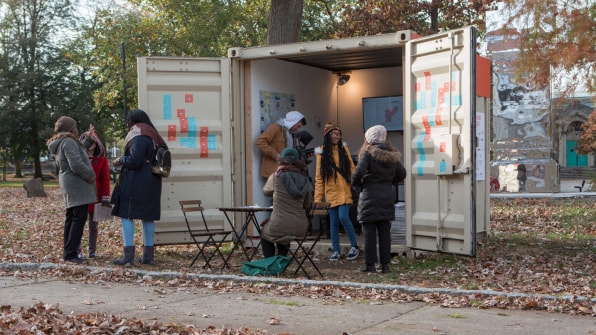
To understand the impact of these monuments, one has to also understand the context in which they were created—not just who is on the pedestal but who put that person on the pedestal, according to Paul Farber. He’s the director of Monument Lab, a Philadelphia-based public art and history studio that has just launched a nationwide effort to assess and collect the stories behind monuments across the country.
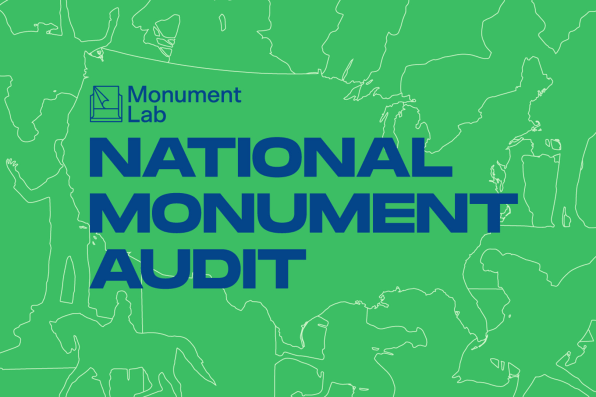
Through a recent $4 million grant from the Andrew W. Mellon Foundation’s new $250 million Monuments Project, Monument Lab will be conducting a National Monument Audit that researches all known information about the monuments occupying public places around the U.S. “By looking at data about monuments, the roots that are underneath the pedestals, so to speak, we can then also understand what kinds of histories are included or not included in our public spaces and what other systems of power, representation, and justice do our monuments reflect or stand in opposition to,” Farber says.
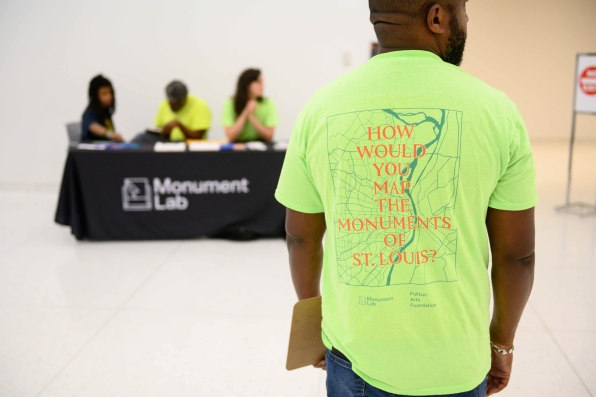
Founded in 2012 by Farber, a curator and historian, and Ken Lum, an artist, Monument Lab has engaged communities across the country in studying and reimagining the role monuments play in history and how they are presented in the public realm. Monument Lab considers a monument to be “a statement of power and presence in public.” Farber says the National Monument Audit will help to lift the curtain on who and what is behind these statements, which can often tell very clear stories about how power has been used to impose versions of history in communities, sometimes at great cost to taxpayers.
“If you know that in your community a Robert E. Lee statue went up around the same time Robert E. Lee statues went up across the country, and you see they were sponsored by a specific group, you don’t have to scratch your head and wonder how they got there,” he says. “You see it as part of a campaign to reinforce systems of subjugation and not just a self-fulfilling prophecy of history.”
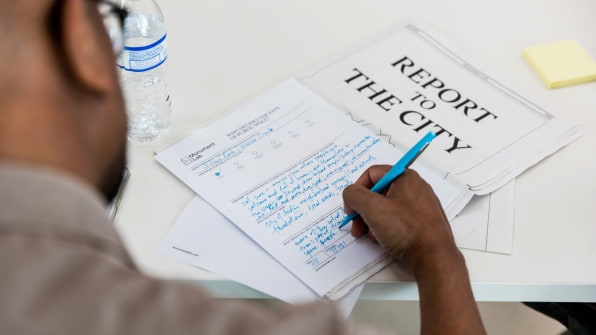
The National Monument Audit will be codirected by Farber, Monument Lab research director Laurie Allen, and senior research scholar Sue Mobley. Using historical information gathered from federal, state, local, and private sources, the audit will create a publicly accessible database that puts all known information about monuments in one place. The audit is expected to be completed in the spring of 2021.
“Understanding why a monument is where it is is often a detective novel in tracing back through history when and who’s doing it,” says Allen. “And yet these monuments exist in space, so the work that we’re going to be trying to do is to un-layer a little bit the stories of who’s keeping track of the various monuments, how much can we know about these monuments, can we know when they were all built, can we know who funded them. And the answer to some of that will be we know, and some of it will be we can’t know consistently across them all. And that’s going to be an interesting uncovering.”
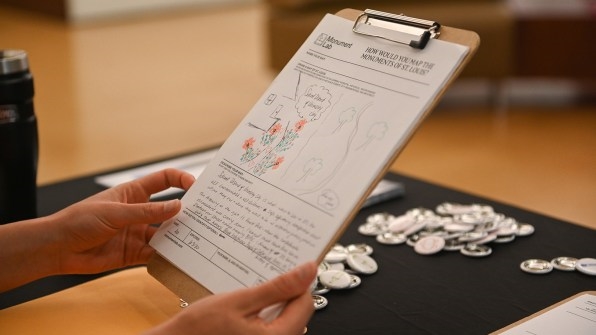
The audit is as much about revealing the historical context of these monuments as it is about informing the ways that new monuments can be made and what historical figures and movements have been underrepresented in the public realm.
“The goal here is to use an approach of research that balances what we can find out from sources, by those who’ve cared for them, and also look for gaps in what we know,” Farber says. “Monuments seem like they’re self-apparent statements of power and history, but by looking at the sources of how different monuments have come to dot our landscape, we want to look at the systems behind monuments to really understand how to go about unearthing a next generation of monuments.”
Farber and Allen both note that this work isn’t starting from scratch. In many communities, there are established activists and historians who have been tracking the history of local monuments, and in some cases calling for their removal. Monument Lab is hoping to partner with these groups to help expand what’s recorded about monuments, and to help augment efforts underway to rethink or reimagine monuments in communities around the country. The audit, Allen says, will be part of this ongoing work.
“There is not enough money or time in the world to really deeply tell the true story of every single piece of public history in public space,” Allen says. “But I am really confident that we have a process that we’ve established for how we’ll begin the audit and the way that we think we can be systematic in really helping to shed light on what we can know, so that as people are trying to act in their communities or ask questions, they’re starting from a much more well-informed place.”
In addition to the audit, Monument Lab will also be using $1 million of its grant from the Mellon Foundation to fund 10 field offices throughout the country that can build on the findings of the audit and explore new ways of representing history.
The hope is “that the next chapters of the audit are written by people who utilize it, whether it’s to build new monuments, to reckon with the ones they have, or to think about other systems of power and representation in their communities,” Farber says. “This audit is a stepping stone for what we hope is not just greater understandings about monuments, but a real rich and complex new form of connection with the way that art and history live in public.”
(48)